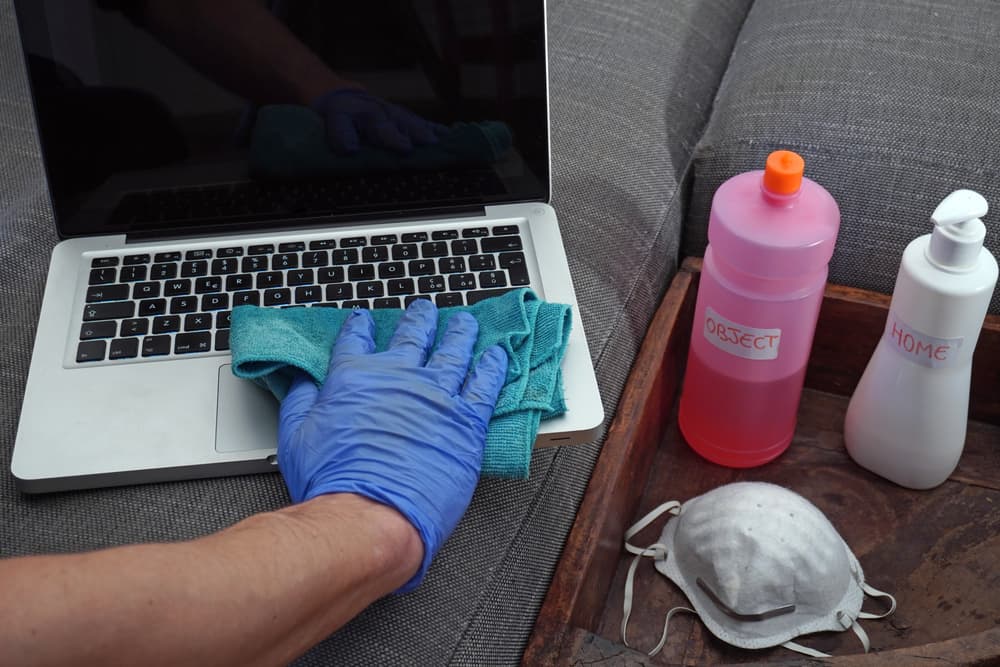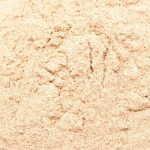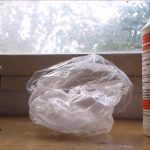Denatured alcohol, also known as methylated spirits or denaturated alcohol, is a combination of ethanol (ethyl alcohol) and a bitter-tasting chemical additive that makes it toxic or unpalatable in order to discourage recreational consumption.
It is commonly used as a fuel, solvent, cleaning fluid, or antifreeze in many industrial applications due to its low cost and availability. Because it contains toxic additives, it cannot be disposed of in the same way as regular ethanol or other types of alcohol.
Special care must be taken when disposing of denatured alcohol in order to protect human health and the environment.
Why is Disposing of Denatured Alcohol Important?
Contents
- 1 Why is Disposing of Denatured Alcohol Important?
- 2 What are the Different Types of Denatured Alcohol?
- 3 How to Dispose of Denatured Alcohol Safely
- 4 Local Laws and Regulations for Disposal of Denatured Alcohol
- 5 What are Some Alternatives to Using Denatured Alcohol?
- 6 How to Properly Dispose of Containers with Residuals from Denatured Alcohol?
- 7 Tips for Properly Disposing of Large Quantities of Denatured Alcohol
- 8 Conclusion
Disposing of denatured alcohol properly is important because it can contain hazardous chemicals that can cause serious health risks if not handled correctly.
In addition, improper disposal can lead to water contamination if the denaturing agents end up in rivers or lakes through runoff from landfills or other disposal sites.
As a result, proper disposal methods must be used to ensure the safety of both humans and the environment.
What are the Different Types of Denatured Alcohol?
There are many different types of denatured alcohol.
All denatured alcohol contains ethanol, but with different impurities added. For example, denatured alcohol is often treated with methanol or isopropyl alcohol to remove any impurities.
Denatured alcohol is also often dyed black to prevent people from drinking it and making it unsafe for consumption. However, denatured alcohol is still unsafe to consume, so it’s illegal to drink alcohol that has been treated with isopropyl alcohol or methanol.
Furthermore, denatured alcohol is flammable and toxic when inhaled or digested. For this reason, it’s important to keep denatured alcohol away from children and pets.
How to Dispose of Denatured Alcohol Safely
Denatured alcohol is a popular solvent used in a variety of things, including paint thinner, nail polish remover, adhesives, and hand sanitizers.
However, it has some harmful effects on the human body if consumed in large quantities.
It is toxic, can cause cancer if ingested or inhaled, and is corrosive to the skin and eyes. When handling or disposing of denatured alcohol safely, consider the following tips:
Wear gloves
Denatured alcohol is highly flammable, so it’s a good idea to wear gloves when handling it. Protect yourself from burns by keeping the alcohol away from any open flames and getting away from the container immediately if it comes in contact with fire.
Ventilate
Remove all sources of ignition, such as cigarettes, open flames, and sparks. Open windows or doors and let fresh air in.
Dry your skin
Immediately wash your skin with soap and water after contact with denatured alcohol. Flush your eyes with plenty of water and get medical attention if your skin or eyes have been affected.
Use eye protection
Wear eye protection when handling denatured alcohol to prevent eye injuries.
Denatured alcohol evaporates quickly
Use a lidded container to store denatured alcohol to prevent it from evaporating quickly.
Local Laws and Regulations for Disposal of Denatured Alcohol
Before disposing of any amount of denatured alcohol, you should check with your local authorities regarding any laws or regulations that may apply.
Some areas may require that you obtain a permit before disposing of large amounts, while others may only allow you to dispose of small quantities at home with proper safety precautions, such as using protective clothing and equipment like spill kits.
Make sure you understand all applicable regulations before attempting any kind of disposal process involving denaturized alcohol.
What are Some Alternatives to Using Denatured Alcohol?
Denatured alcohol, also known as methylated spirits, is the most common substitute for rubbing alcohol in natural cleaning and medicinal recipes.
However, there are some other alcohol-based products that can be used instead. For example, vodka and Everclear can also be used in natural cleaning recipes.
Vodka and Everclear both cost less than denatured alcohol. However, they are flammable and can be dangerous if misused.
Furthermore, Everclear contains methanol, which can be toxic. For these reasons, denatured alcohol is typically the safest and most alcohol-based alternative.
However, other alcohol-based products can also be used in moderation.
How to Properly Dispose of Containers with Residuals from Denatured Alcohol?
Denatured alcohol (or ethanol) is widely used in science labs as a reagent for liquid-solid extraction and for drying solutions.
Although its low toxicity makes it safe to use, it can still be harmful if spilled or released into the environment. Therefore, proper disposal is important to prevent negative side effects.
Unfortunately, residual ethanol can be harmful to the environment during disposal, and many labs don’t know how to properly dispose of their containers with residual ethanol. Luckily, there are some simple steps you can take to safely dispose of containers with residual ethanol.
First, remove the residual ethanol from the container by washing it with soap and water. Second, pour the remaining water into a drain.
Finally, put the container in a sealed plastic bag and dispose of it in your household trash.
Tips for Properly Disposing of Large Quantities of Denatured Alcohol
Denatured alcohol, also known as ethanol or grain alcohol, is a high-proof alcohol that is used to make other alcohols. This substance is extremely flammable and toxic, so it is important to be extremely careful when disposing of large amounts of it.
To dispose of large quantities of denatured alcohol, first make sure that it is completely cooled or frozen.
Then, place it in a sealed plastic bag and dispose of it in your regular trash. Never pour it down the drain or dump it on the ground, as it will cause an environmental hazard.
Conclusion
In conclusion, denatured alcohol should never be poured down the drain or into toilets because it contains harmful chemicals that can pollute the environment.
It should only be poured onto the ground as a last resort after careful cleaning of the spill. To dispose of denatured alcohol, pour it into a tightly sealed container so it can be disposed of safely later.





